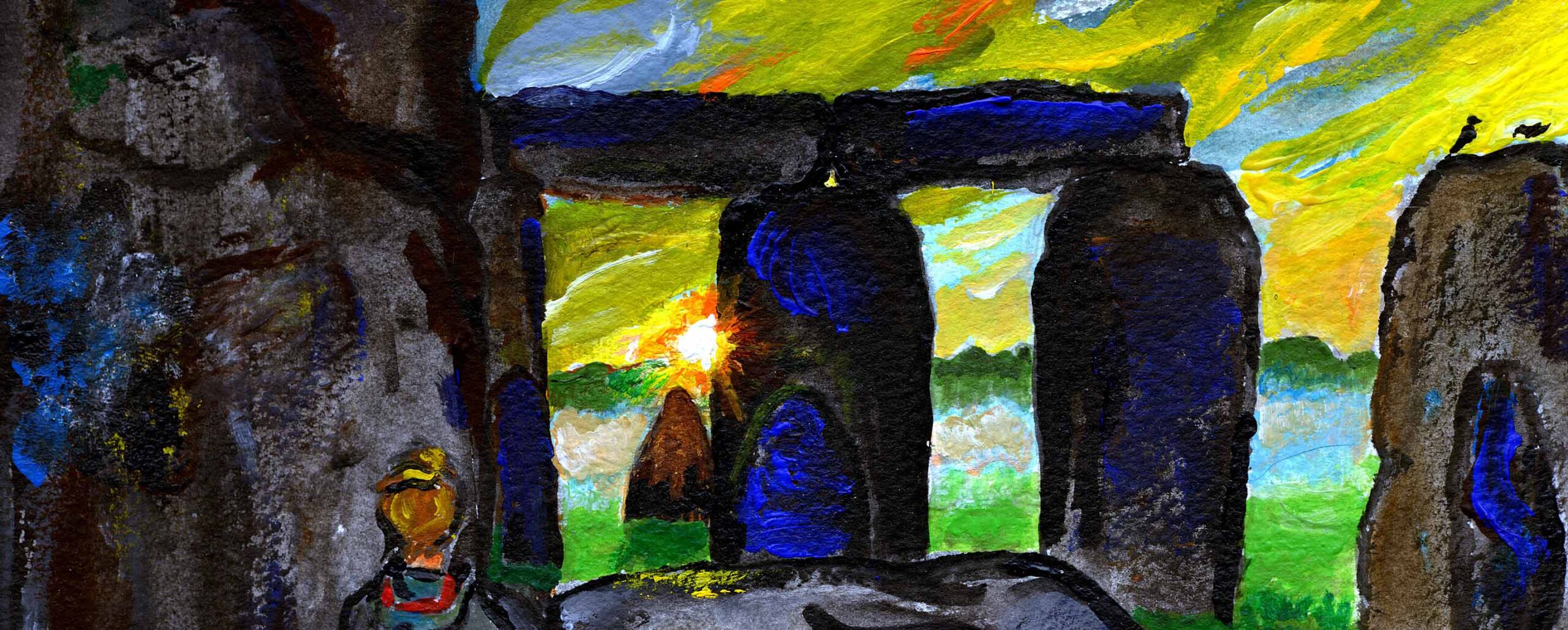Here is a view of the sky this evening, but –

– my previous such picture, a couple of days ago, included an accidental mark that some commenters noticed, leading to my having to explain a bit of how such pictures are made. It occurs to me that taking the explanation a little deeper could be entertaining.
When I’ve decided on the parameters for the picture, run the program (which takes microseconds), and opened it in Adobe Illustrator, it looks like this:

I have to enlarge it so as to use only part:

Then I do what I call “dressing” it, which takes far the longest time: deleting some features not wanted this time (such as the azimuth numbers along the horizon, and the altitude scale up the middle), deleting many of the labels, and moving others to better positions.
Then I take a screenshot of this, open it in Adobe Photoshop, perhaps crop it smaller, and save it as the kind of file that can be embedded in the blog.
But, to go back to the raw picture: it can be told to show in “outline” mode.

All those marks are at the positions calculated for them by the program, omitting the colors for filling them. I evolved this way of plotting the sky in little cells so as to be able to assign colors to them based on their distance from Sun and horizon. You can see that they have to cover smaller angles near the horizon because of the gradations of color there, and larger angles near the zenith (otherwise they would become super-crowded), and they are smaller within chosen distances of the Moon and of the centerline of the Milky Way, whose added light they try to take into account.
Returning to the final state of the picture: after the last moving of a label, I have to be sure I don’t have it or any other object “selected.” It was because I had inadvertently clicked on one of these myriad little sky calls that selection marks showed around it.

Here I’ve “accidentally” selected not only a sky cell, but Venus (along with its label), and a section of the formline for Virgo, making visible the “handles” by which its curvature can be manipulated.
As for the programming that underlies all this, a far larger subject, I won’t go into it; perhaps another time.

Way cool. Thanks. Seems like the final product has a more realistic glow. Perhaps the process of screen shooting the image and saving it in the usable format further blends the gradations.
After many many years of reading your yearly book and now your blogs I would love to see what the program is that makes all
this possible. Just a thought …
Very interesting, and therefore a subject worth your energy to share. I’m relatively new to your blog, and have been wondering how you go about making these helpful graphics. Thanks for taking the opportunity to do so.
Thank you Guy.
Over many years I’ve learned that every little jot on your diagrams is highly likely to be significant and to be there for a reason.